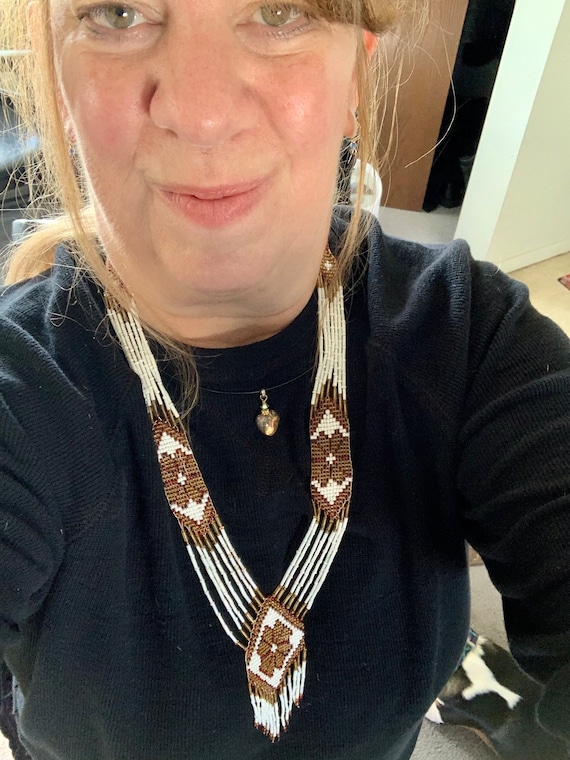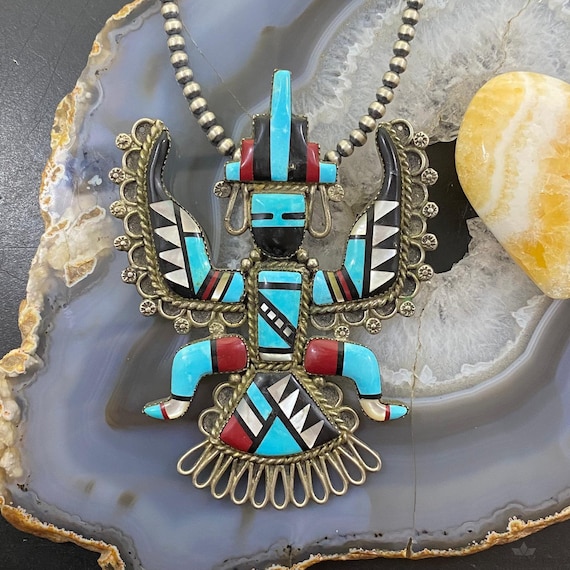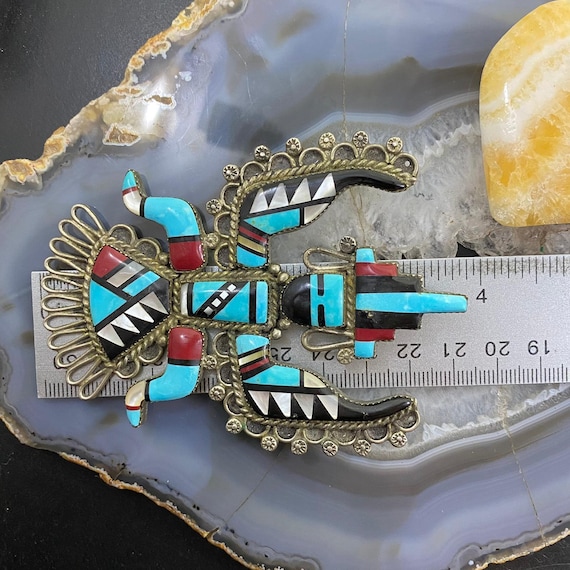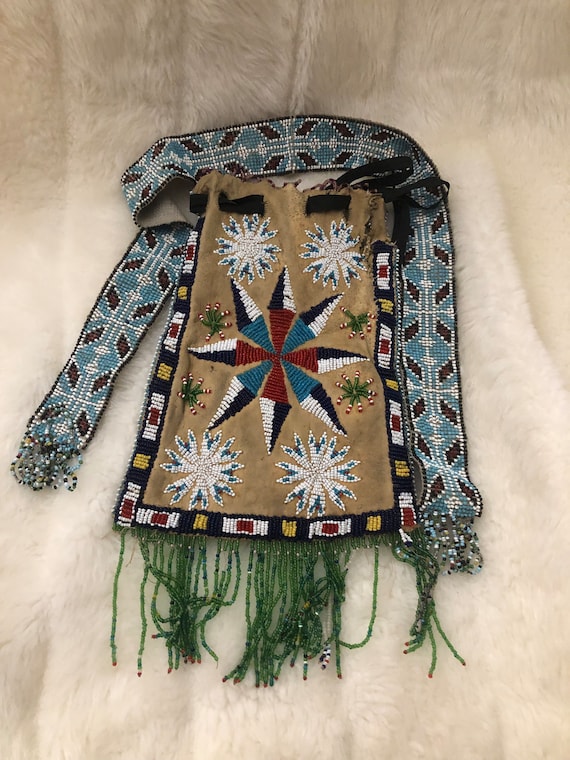
Okay, here’s a 1200-word article for a travel blog, focusing directly on the value of antique Native American maps and how a specific location (Santa Fe, New Mexico) serves as a hub for understanding and appreciating them.
>
Mapping History: Unearthing the Enduring Value of Antique Native American Maps in Santa Fe
Imagine holding a piece of history, not just a document, but a window into a past where continents were still being charted, and cultures met, sometimes clashing, sometimes merging. Antique maps, particularly those depicting Native American lands and peoples, are more than mere navigational tools; they are complex historical artifacts, artistic masterpieces, and profound cultural records. For the discerning traveler and collector, understanding their intrinsic and monetary value is a journey in itself, and there’s no better place to embark on this exploration than Santa Fe, New Mexico.

This isn’t a post about mere souvenirs. We’re diving deep into the world of genuine antique cartography, focusing on the maps created by European explorers, cartographers, and colonial powers that documented the vast, diverse territories of Native American nations from the 16th to the early 20th centuries. These maps offer invaluable insights into early perceptions of the American continent, the shifting geopolitical landscape, and often, the first visual representations of Indigenous communities and their environments. And for those who seek to understand or even acquire these treasures, Santa Fe stands as an unparalleled nexus of history, art, and expert knowledge.
The Allure of Antique Native American Maps: More Than Just Lines on Paper
Before we delve into Santa Fe, let’s establish what we’re discussing and why it holds such significant value. "Antique Native American maps" generally refers to maps produced by non-Indigenous cartographers that depict areas inhabited by Native American tribes, often labeling tribal territories, settlements, rivers, and mountains with Indigenous names, or illustrating encounters between European settlers and Native peoples.
Their value stems from several interconnected factors:

-
Historical Significance: These maps are primary sources for understanding colonial expansion, exploration routes, territorial disputes, and the evolving geographical knowledge of the "New World." They document the initial European encounters, the establishment of trading posts, missions, and later, the push westward. A map showing a previously unmapped river, or the first depiction of a specific tribal group, carries immense historical weight.
-
Cartographic Rarity and Provenance: Many early maps were produced in limited editions, and survival rates over centuries are naturally low. The older the map, and the fewer copies known to exist, the higher its rarity value. Furthermore, a well-documented history of ownership (provenance) can significantly enhance a map’s desirability and value, especially if it belonged to a notable figure or collection.
-
Artistic and Aesthetic Merit: Beyond their informational content, many antique maps are stunning works of art. Engravers were master craftsmen, creating intricate details, decorative borders, elaborate title cartouches often featuring Indigenous figures, flora, and fauna, and vibrant hand-coloring. Maps from the Dutch Golden Age (e.g., Blaeu, Hondius) or later British and French cartographers (e.g., Arrowsmith, Homann) are particularly prized for their aesthetic beauty.
-
Cultural and Ethnographic Insights: While viewed through a colonial lens, these maps often provide the earliest written or visual records of tribal names, locations, and sometimes even cultural practices as observed by Europeans. They can be invaluable for Indigenous communities researching their ancestral lands and history, despite the inherent biases.
-
Condition: Like any antique, the physical condition of the map – its paper quality, presence of tears, repairs, foxing (age-related spotting), original hand-coloring versus later additions – profoundly impacts its value. A map in excellent, unrestored condition will always command a premium.


Santa Fe: A Cultural Compass for Cartographic Discovery
Why Santa Fe? This ancient city, with its adobe architecture, vibrant art scene, and deep roots in both Native American and Spanish colonial history, is uniquely positioned as a focal point for understanding and acquiring these historical documents. It’s not just a travel destination; it’s a living museum, where the past is palpable and cherished.
Santa Fe’s appeal lies in its multi-layered identity:
- A Historical Nexus: For centuries, Santa Fe has been a crossroads. It was the capital of Spanish New Mexico, a crucial stop on the Camino Real, and later, the Santa Fe Trail. This history directly connects to the very maps we seek – maps that charted these routes, depicted the vast territories of the Pueblo, Navajo, Apache, and Ute peoples, and marked the boundaries of colonial aspirations.
- A Thriving Art and Antique Market: The city boasts an incredible density of world-class art galleries, antique shops, and specialized dealers, many of whom focus on Western Americana, Native American art, and historical documents. This concentration of expertise creates a dynamic marketplace and an educational environment for collectors and enthusiasts.
- Proximity to Indigenous Cultures: Santa Fe is surrounded by numerous Pueblo communities and is a short drive from the Navajo Nation. This proximity fosters a deep respect for Indigenous heritage, informing how historical artifacts, including maps, are discussed and presented.
Navigating Santa Fe: Where to Discover These Treasures
Your journey into the world of antique Native American maps in Santa Fe should involve a multi-pronged approach, blending education, exploration, and potential acquisition.
-
The New Mexico History Museum / Palace of the Governors: Begin your exploration here. While you won’t be buying maps, the museum’s extensive collection of historical documents, including original maps from the Spanish colonial period, offers invaluable context. Seeing these maps in a museum setting helps you understand their historical significance, the styles of different cartographers, and the narratives they conveyed. It’s a foundational step to appreciating what you might encounter in commercial galleries. Look for maps by figures like Miera y Pacheco, who extensively mapped New Mexico in the 18th century.
-
Canyon Road and the Plaza District Galleries: Santa Fe’s art scene is legendary, and many galleries specialize in fine art, historical prints, and antique maps of the American West. Stroll down Canyon Road, or explore the galleries surrounding the historic Plaza. Here, you’ll find reputable dealers who possess deep knowledge about cartography, provenance, and conservation.
- What to Look For: Expect to find maps from the 18th and 19th centuries, ranging from early territorial maps depicting tribal lands (e.g., "Indian Territory") to detailed surveys of specific regions. You might encounter maps by celebrated cartographers like John Arrowsmith, whose maps of North America were highly influential, or those from significant U.S. government expeditions (e.g., the Pacific Railroad Surveys).
- Engage with Dealers: Don’t hesitate to ask questions. A good dealer will be passionate about their inventory, able to discuss the map’s history, its cartographer, its condition report, and its estimated value. They are your best resource for authentication and understanding market trends.
-
Specialized Antique Shops and Bookstores: Beyond the high-end galleries, several antique shops and rare book dealers in Santa Fe occasionally house significant cartographic pieces. These venues might require more diligent searching but can sometimes yield unexpected finds. Always prioritize shops that clearly understand and value their historical documents, offering detailed descriptions and transparent pricing.
-
Auction Houses: While less frequent for casual visitors, Santa Fe occasionally hosts auctions that include historical documents and maps. Attending an auction can be an exciting way to witness the market in action, though it requires a higher level of expertise and a clear budget. Always review auction catalogs thoroughly and inspect items in person if possible.
Demystifying Value: What Drives Prices?
When you encounter an antique map of Native American lands, its price will be a confluence of the factors we discussed earlier, plus market demand.
- Age and Rarity: Generally, older and rarer maps command higher prices. A 17th-century map by a renowned Dutch cartographer depicting "New France" or "Virginia" with early Indigenous place names will be significantly more valuable than a mass-produced 19th-century railroad map.
- Condition: A pristine map with original, vibrant hand-coloring, wide margins, and no repairs or significant foxing will fetch top dollar. Damage, restorations, or later coloring can reduce value substantially.
- Historical Significance: Maps associated with pivotal moments in history (e.g., the Louisiana Purchase, significant expeditions, early boundary disputes) are highly sought after.
- Aesthetic Appeal: The beauty of the engraving, the decorative elements, and the overall visual impact contribute to desirability and value.
- Cartographer’s Reputation: Maps by master cartographers (e.g., Sanson, De L’Isle, Arrowsmith, Tanner) are inherently more valuable due to their historical importance and artistic quality.
- Content: Maps that specifically focus on Native American territories, illustrate tribal locations prominently, or contain ethnographic details are particularly relevant to this niche and can be highly prized.
Prices for genuine antique Native American maps can range from hundreds for smaller, less rare 19th-century prints to tens of thousands, or even hundreds of thousands, for exceptionally rare, early, and historically significant pieces. Always seek a written condition report and a certificate of authenticity for any significant purchase.
The Ethical Collector: Respecting Heritage
Collecting antique maps, especially those depicting Indigenous lands and cultures, comes with an ethical responsibility. These maps are historical documents, not sacred artifacts in the way that some Indigenous ceremonial objects are. However, they represent a complex history, often one of dispossession and cultural shifts.
An ethical collector understands this context. They acquire maps from reputable dealers who ensure items are legally obtained and not illicitly removed from cultural sites. They view these maps as educational tools and historical records, respecting the narratives they tell, even the difficult ones. They support institutions and individuals who work to preserve and interpret this shared history responsibly.
Your Journey Awaits
Santa Fe offers a unique and enriching travel experience for anyone fascinated by the intersection of history, art, and cartography. It’s a place where you can walk through centuries-old streets, engage with knowledgeable experts, and potentially discover a tangible link to the past – an antique map that tells a story of exploration, encounter, and the vast, beautiful lands once solely inhabited by Native American nations.
Whether you’re a seasoned collector or a curious traveler, the journey of unearthing the enduring value of these extraordinary maps in Santa Fe is an adventure in itself, offering profound insights into the shaping of a continent and the enduring legacy of its first peoples. So pack your bags, sharpen your historical compass, and prepare to map your own discoveries in the heart of the Southwest.
